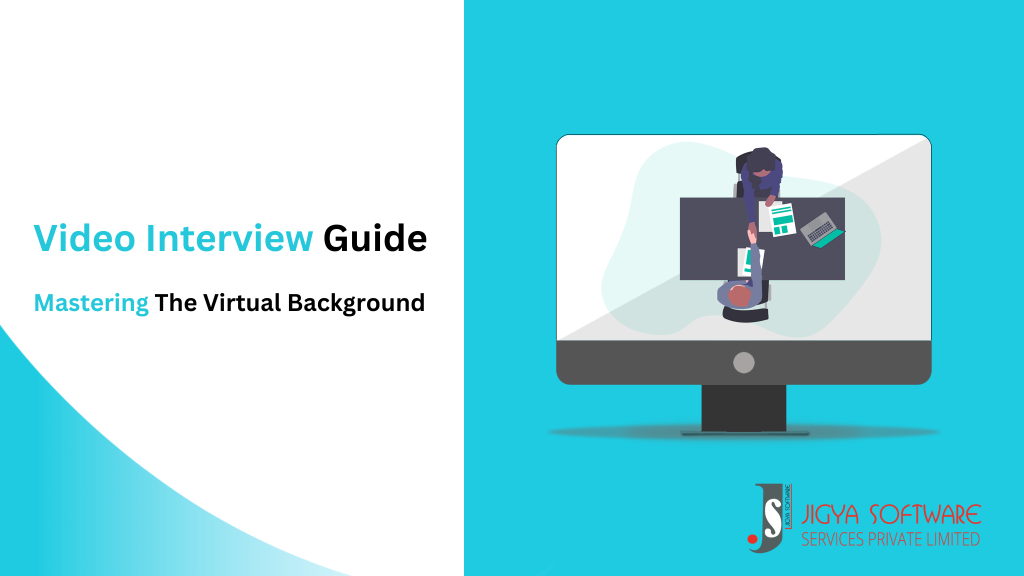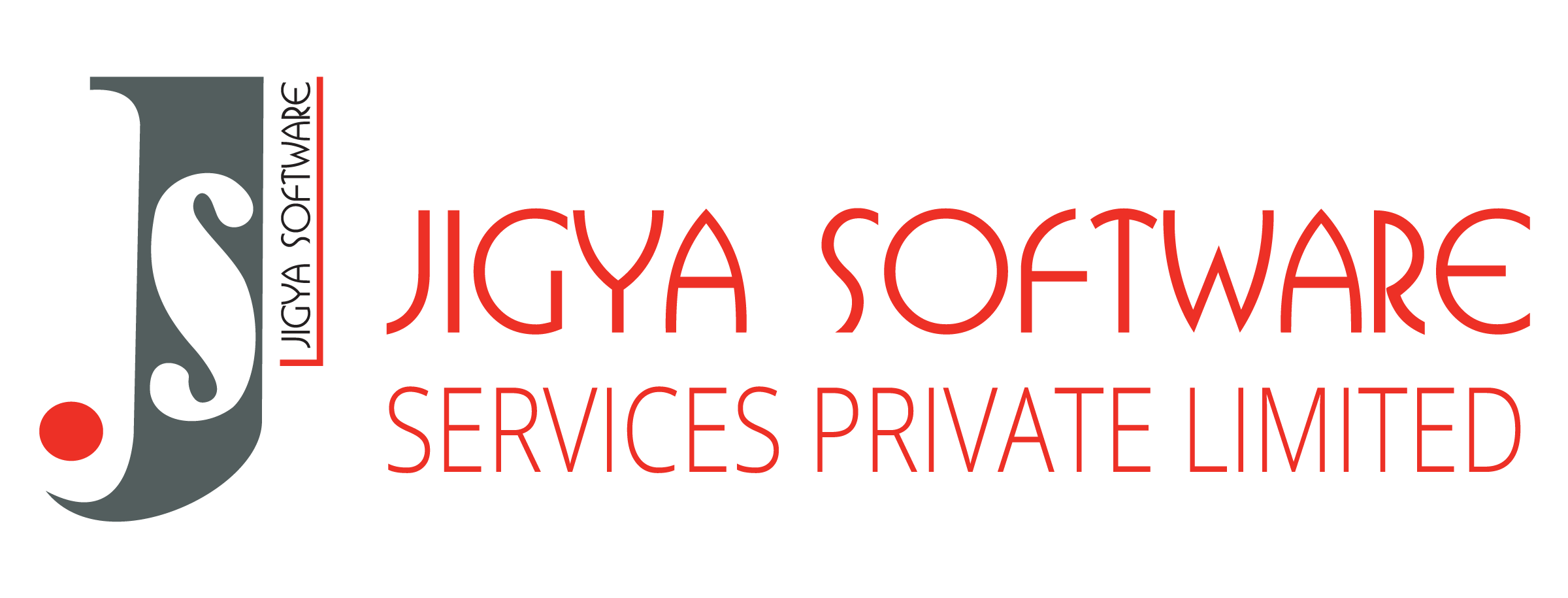In recent years, video interview for staffing and hiring has surged, particularly due to the growing prevalence of remote work. Once a ritualistic and stiff conversation, interviews have undergone a metamorphosis. Serving as a practical and cost-efficient substitute for traditional face-to-face interviews, video interview enables employers to seamlessly engage with candidates, transcending geographical constraints and scheduling limitations. The efficiency driven desire of a workplace is met by the rapidity and convenience offered by video interviewing process. There are many tools and services that streamline a company’s hiring process, expert guidance and professional help like recruitment and hiring solutions is a key for talent acquisition and retention.
While conducting a video interview, the employer has two options:
Live Video Interview and Pre-recorded Video Interview.
- Live video interview: The live nature of these video interviews facilitates dynamic interactions, allowing candidates to present their qualifications, interpersonal skills, and overall presence in real-time. Using platforms like Zoom, Skype, and Google Meet, live video interviewing provides a platform for immediate engagement, enabling employers to gauge responses, body language, and communication skills on the spot. This real-time assessment fosters an environment for instant feedback, follow-up questions, and a more nuanced evaluation of the candidate’s suitability for the role.
- Pre-recorded video interview: A Pre-recorded video interview represents a fusion of technological innovation and the increasing demand for a candidate-centric approach in the hiring process. Candidates can showcase their skills and personality without the time pressure of a live interview, and employers gain the flexibility to review responses at a time that suits their schedule. The interviewer then reviews the recordings at their convenience.
As times evolve, people are embracing convenience through technological evolution. The traditional paradigm of in-person physical interviews has given way to more adaptable and accessible methods. In come video interviews, even evolving further into the realm of pre-recorded video interviews.
But why should you trust a machine to judge future employees? We have just touched the surface of the technical aspects of video interviewing for recruiters and HRs, the benefits of a video interview will help you gauge this new way of interviewing in a better way.

Benefits of video interviews
Wider talent pool:
Video interviews enable employers to connect with candidates from across the globe. Geographical distances and time zones are no longer barriers, empowering organizations to tap into a diverse talent pool which was previously inaccessible through in-person interviews.
Cost-effective and time-saving:
Traditional hiring methods often entail substantial costs associated with travel and accommodation for both candidates and interviewers. Video interviews eliminate these expenses, making it a cost-effective solution for engaging with talent irrespective of their location. This streamlines the hiring process.
Increased efficiency:
Employers can efficiently screen more candidates from different locations without the logistical complexities of coordinating in-person interviews. This streamlined process accelerates the recruitment timeline and ensures that talent acquisition keeps pace with organizational needs.
Improved assessment:
Video interviews contribute to creating an inclusive hiring environment. Candidates who may face challenges with physical mobility or financial constraints hindering travel are now afforded an equal opportunity to showcase their skills and qualifications on a global stage.
Flexibility and Adaptability:
Conduct interviews anytime, anywhere, accommodating different time zones and candidate schedules. Video interviews showcase a company’s flexibility and adaptability, particularly in the context of remote work.
Enhancing Candidate Experience:
Creating a positive candidate experience through a video interview involves leveraging technology to enhance transparency, communication, and overall engagement.
Technology Integration:
Video interviews, propelled by innovative technologies, have become indispensable tools for employers seeking efficient and insightful candidate assessments. Features like AI and ML in Video interviews, skill assessment platforms, video analytics, helps gaining deeper insights into candidate’s skills and competencies and streamlines the hiring process
Executive Insight Challenge:
The richness of a candidate’s skills, experiences and cultural fit often remains hidden in the confines of black-and-white pages. A fast paced workflow is assisted by technologies like video interviewing assist in quickly gauging key areas of suitability if the candidate without the hassle and expenses of a physical interview.
Small, in-demand talent market:
Candidates with the right fit and niche skills is already a tough job. If not for the convenience of a video interview, it would be a long and tedious process for a company to find the right fit for their office.
While video interviewing acts as a great tool for the hiring needs of a management, it has a lot of perks for the candidates as well.
Benefits for candidates:
- Candidates could present themselves more naturally than in a stressful 30-minute live interview.
- Candidates can prepare for and complete a video interview at their convenience.
- Candidates are no longer expected to travel or commute for that first interaction with the company.
- Candidates can pause their interviews and pick up where they left off.
Tips to take good a video interview:
Conducting an effective video interview requires a combination of technical proficiency, communication skills, and a keen understanding of the remote hiring landscape. Here are some tips for employers to take good video interviews:
Preparation
Test Technology in Advance:
Familiarize yourself with the video interview platform and test your equipment, including the camera, microphone, and internet connection, well before the scheduled interview.
Choose the Right Environment:
Select a quiet, well-lit space with minimal distractions. Ensure that the background is professional and uncluttered to create a positive impression.
Communication and Interaction
Establish Rapport:
Begin the interview with a warm greeting to create a positive atmosphere. Establishing rapport helps candidates feel more comfortable and engaged.
Clearly Communicate Expectations:
Outline the interview’s structure, explain how the technology will be used, and give an overview of the interview process. This clarity reduces anxiety for the candidate.
Use Active Listening:
Demonstrate active listening by nodding and providing verbal cues. This ensures candidates feel heard and encourages open communication.
Assessing Candidate Skills
Structured Questioning:
Prepare a set of structured questions relevant to the role. This ensures consistency in evaluation and helps in comparing candidates objectively.
Observe Non-Verbal Cues:
Pay attention to candidates’ non-verbal cues such as facial expressions and body language. These cues can provide valuable insights into their communication and interpersonal skills.
Utilize Behavioral Questions:
Incorporate behavioral questions that prompt candidates to share specific examples from their past experiences. This helps in assessing their problem-solving and decision-making abilities.
Be Adaptable:
Be prepared for unexpected technical issues or disruptions. Demonstrate adaptability and a calm demeanor to handle any challenges that may arise during the interview.
Understand Unique Circumstances:
Acknowledge and accommodate unique circumstances that candidates may face, such as home-based interviews. This demonstrates empathy and flexibility.
Post-Interview Etiquette
Provide Clear Next Steps:
Clearly communicate the next steps in the hiring process and the expected timeline. This helps manage candidates’ expectations and keeps them informed.
Offer an Opportunity for Questions:
Provide candidates with an opportunity to ask questions at the end of the interview. This fosters engagement and shows that you value their input.
Follow-Up Promptly:
Send a follow-up email promptly after the interview, expressing appreciation for the candidate’s time and reiterating the next steps. This contributes to a positive candidate experience.
By incorporating these tips into your video interviewing process, you can create a professional, positive, and effective remote hiring experience for both employers and candidates.
Challenges to Video Interviews
Unstructured Video Interview Process
When you plan to conduct live video interviewing, you must acquire the right tools and technologies to implement it. From proper communication to skill testing, you need a plethora of tools to commence the interview successfully. For instance, you need Skype to communicate, Zoom to record sessions, GoToMeeting to share screens, and so much more.
Solution:
Before conducting your interview have a structured plan laid out for the whole process. Choose your tool or software accordingly. To make sure things go smoothly, you might even consider being logged in to all your tools for a better switch, or in case there’s a hitch in one of your video interviewing software. You could always take professional guidance from dedicated companies that provide RPO solutions like GoHireTech
Keep in mind even though it’s virtual, a video interview is still a professional interaction.
Maintaining Consistency during a Video Interview
Sometimes in video interviewing, it becomes difficult for the interviewer to maintain consistency. This could be from not being used to virtual interviewing, or because video interviews by nature last for a shorter duration than physical interviews. Thus, the interviewer may forget some questions and make the interview process easier for one person and difficult for another.
Solution:
An interviewer must have a complete list of the questions in front of him or her. So, they can ask the same questions to all the candidates and evaluate them accordingly. Remember, video interviewing is just a tool of convenience and efficiency, virtual interviewing still demands human judgement and interaction. That is why there are experts who provide HRMS tools to companies for an improved and efficient workforce.
Immense Scheduling Burden
When you have to conduct one-on-one interviews with 20 job applicants, scheduling becomes a hindrance. It could be a monstrous challenge for employers. The latency in the interview scheduling means that the job position will be vacant for a longer period, which isn’t good for the productivity of your business organization.
Solution:
An employer can use various scheduling tools and software available online, like Calendly, or use Staff Augmentation Services from a reputable source.
Personality bias in a Video Interview
Video interviewing offers convenience into the HR pipeline that no other technology could before. But there’s still some traps that an interviewer needs to be aware of to avoid. One such pitfall is unconscious bias that might slip into our minds while interviewing. This concept is better understood with the help of an example. Suppose you are hiring a Software Designer. Now if you get influenced by the candidate’s nice sounding voice or a confident attitude, traits that might be useful in a sales position but have nothing to do with the skills in demand for the job, you might fall into the trap of unconscious bias.
Solution:
The solution to this problem is simple. Keep your candidate evaluation confined to the role you are hiring him or her for. Extra plus points are a bonus and should also be taken into consideration but should never overshadow the niche skill your potential employee must have to fulfill his role in your company. Documenting your feedback post-interview is also an effective way to make sure you don’t miss something important in your candidate evaluation. A lot of organizations are choosing to seek professional services like Assessment Tools and Technology Consulting for their hiring and management needs so they can keep up with the fast pace of development in their industries.
Lacking human interaction
With no real life, in-office interaction, human touch gets reduced in a live interview, but even more so it seems to almost disappear during recorded interviews. Many times, a candidate might feel less welcomed as he may never get a chance to speak to his employer, and hiring managers might face the problem of not interacting and answering the candidates’ questions to promote their company.
Solution:
Do not depend on video interviewing for the complete hiring process! Send thoughtful and personal emails to your candidates from members of your hiring team so that the candidates are more comfortable communicating with their potential employers. Remember. A good interaction between HR and your potential employee in the goal here.
Conclusion
Video interviews do not provide the complete hiring solution by the long shot. But you must implement them in your hiring pipeline and plan out how you would evaluate candidates and overcome obstacles and biases. For more tips or assistance for your hiring need, you could always contact a hiring expert.
There is also a plethora of tools and solutions available online at your disposal so you can free your resources away from hiring and staffing and focus your attention on other important aspects of running your workplace. Good management is one that is relaxed and energized to take on new challenges every day. If you want to learn more about management and leadership skills that would help you in the millennial era, read our blog on Leadership Skills for the Millennial Era here. You can also talk to our experts for all your staff augmentation, and software solutions (SaaS) today.



